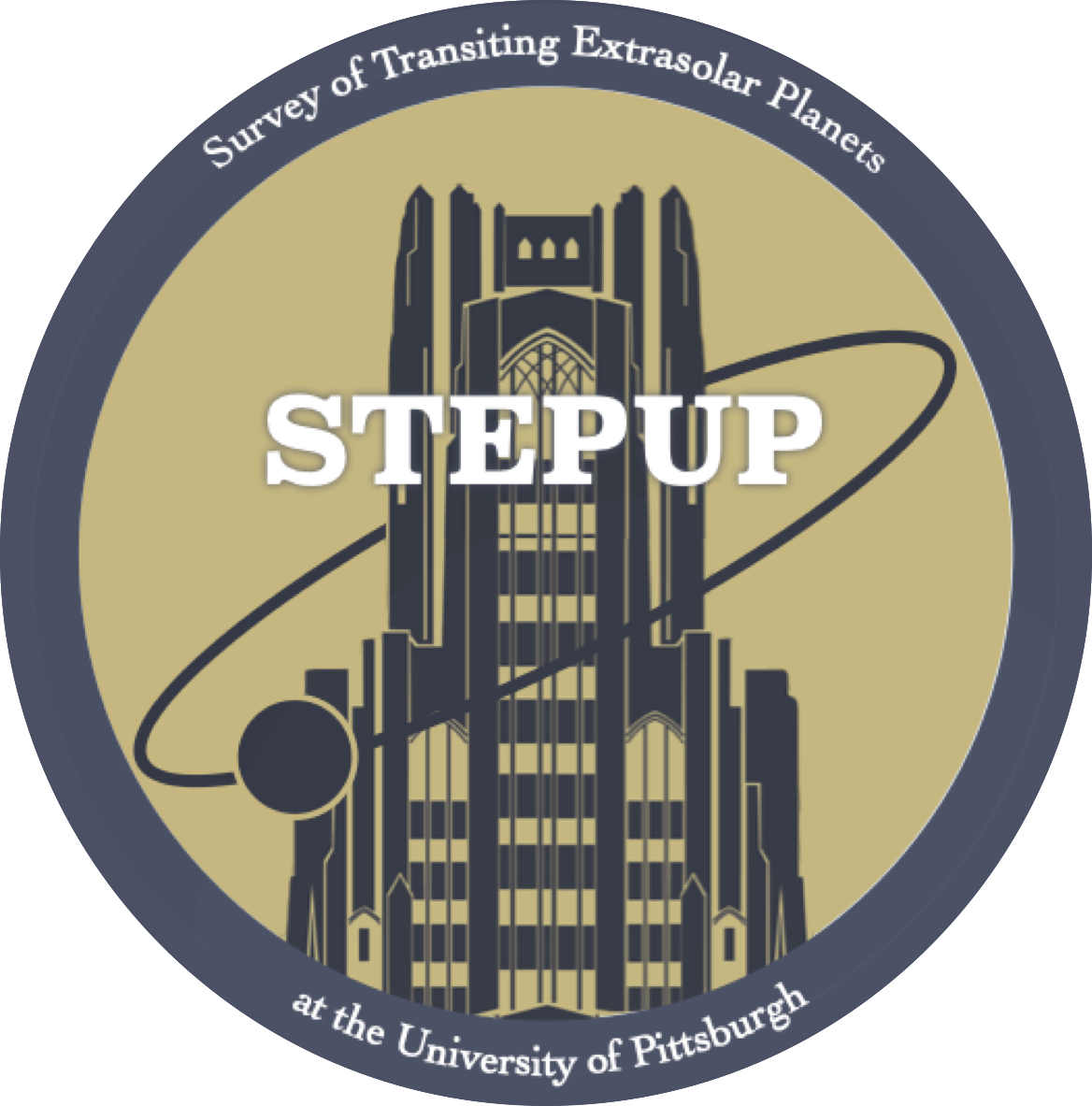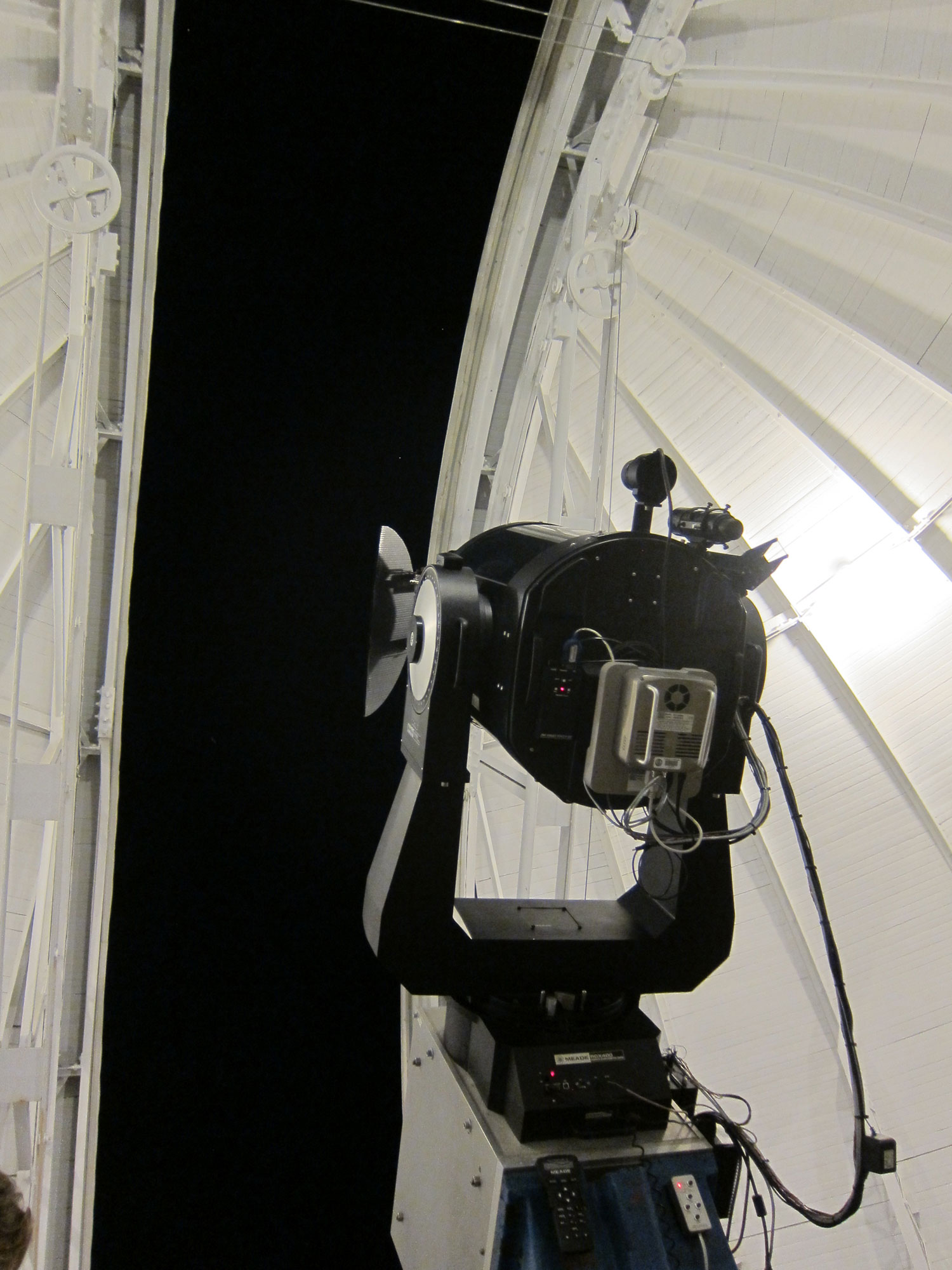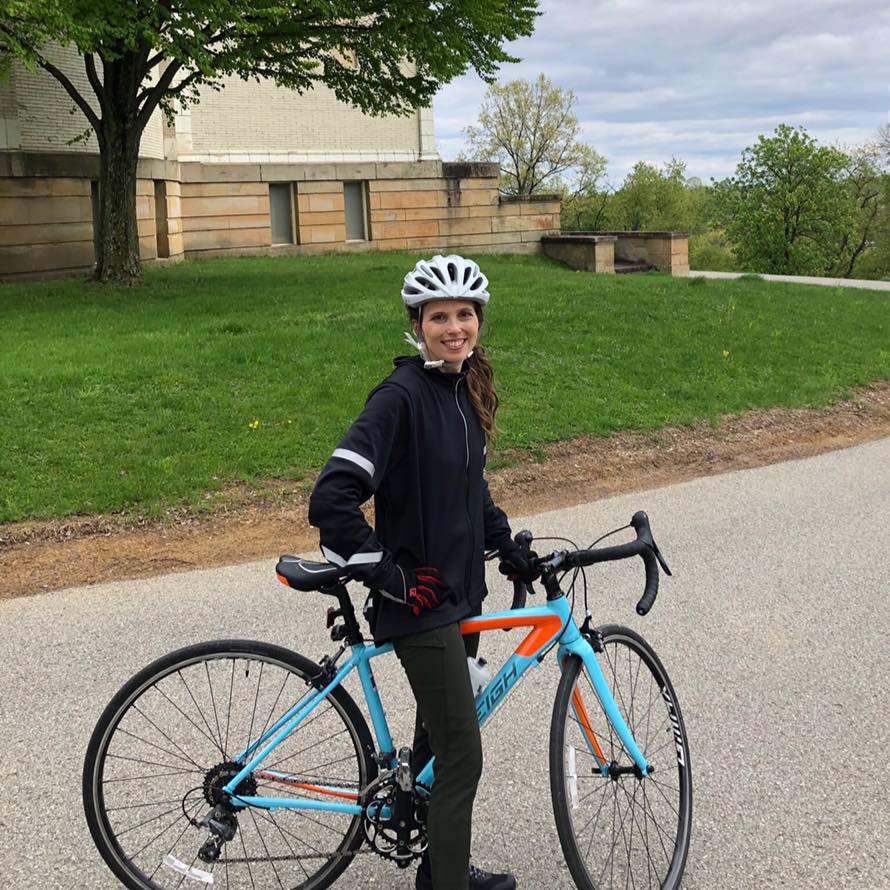



Dr. Melanie Good outside the Allegheny Observatory with her bike.
As a child I wanted to become an astronaut and explore space. A lack of confidence dissuaded me from pursuing a STEM-related career, and instead I decided to become a music teacher. While working at my first teaching job in Florida, I was living across the river from the NASA space center, and my old dreams of space were rekindled with every shuttle launch I witnessed. I enrolled in an evening astronomy class at the local community college, to test the waters. My instructor was extremely encouraging and said if I wanted to pursue astronomy, I needed to learn physics. Although I felt too far removed from mathematics to realistically do this, I thought it was worth a shot, and after moving back to Pittsburgh, I applied to Pitt to pursue physics and astronomy. It was a non-traditional and challenging path, not without setbacks, but changing fields to physics was the best career move I've made!
STEPUP grew out of a natural extension of my undergraduate research. When I was in the undergraduate program at Pitt, I learned that active research at the Allegheny Observatory had basically dried up, but that the Keeler telescope would, in principle, be capable of detecting an exoplanet transit. At the time, there were only maybe a 50 or so known transiting exoplanets--the field was still very embryonic. As part of the research I conducted as a recipient of the Sanielevici undergraduate research scholarship, I demonstrated that detecting transits was possible, by capturing enough data to show an ingress of XO-2b transiting (clouds rolled in and cut the observation short). Building on this success, when I commenced graduate school I resolved to help revive research at the Observatory by way of creating an active exoplanet observing group. I settled on a cheesy acronym, in keeping with nerdy astronomy tradition, and with the support of Dr. Michael Wood-Vasey, I was able to lay the groundwork and we were able to recruit the founding STEPUP members within a year's time.
I feel I was very lucky to have been able to study exoplanets at such an exciting time with new discoveries happening at an extremely rapid pace in the first decade of the century. I had the honor to meet some of the big names in the field, such as David Charbonneau, Sara Seager, and Greg Laughlin, who were all very inspiring in numerous ways. But I also know that I could not have succeeded in my pursuit of astronomy or physics education research without the support of many inspirational professors, such as Michael Wood-Vasey, Chandralekha Singh, John Stein, and Larry Reed (my astronomy teacher back in FL). And I absolutely never would have gotten anywhere without Lou Coban, whose contributions to my own research, to the Observatory, and to the Department cannot possibly be overstated. And of course, I owe a lot to many of the undergraduate and graduate students with whom I worked over the years.
It's hard to say what the future holds. The pandemic has changed the face of education, space telescope missions have changed the face of exoplanet observations, and if I have learned anything in recent years, it's that you cannot always anticipate what will happen next. Timing and luck and success are unpredictable. But I do know that whatever your dream or goal, whether close to home or among the distant stars, you're more likely to succeed with the help and support of your fellow human beings. We are stronger together!